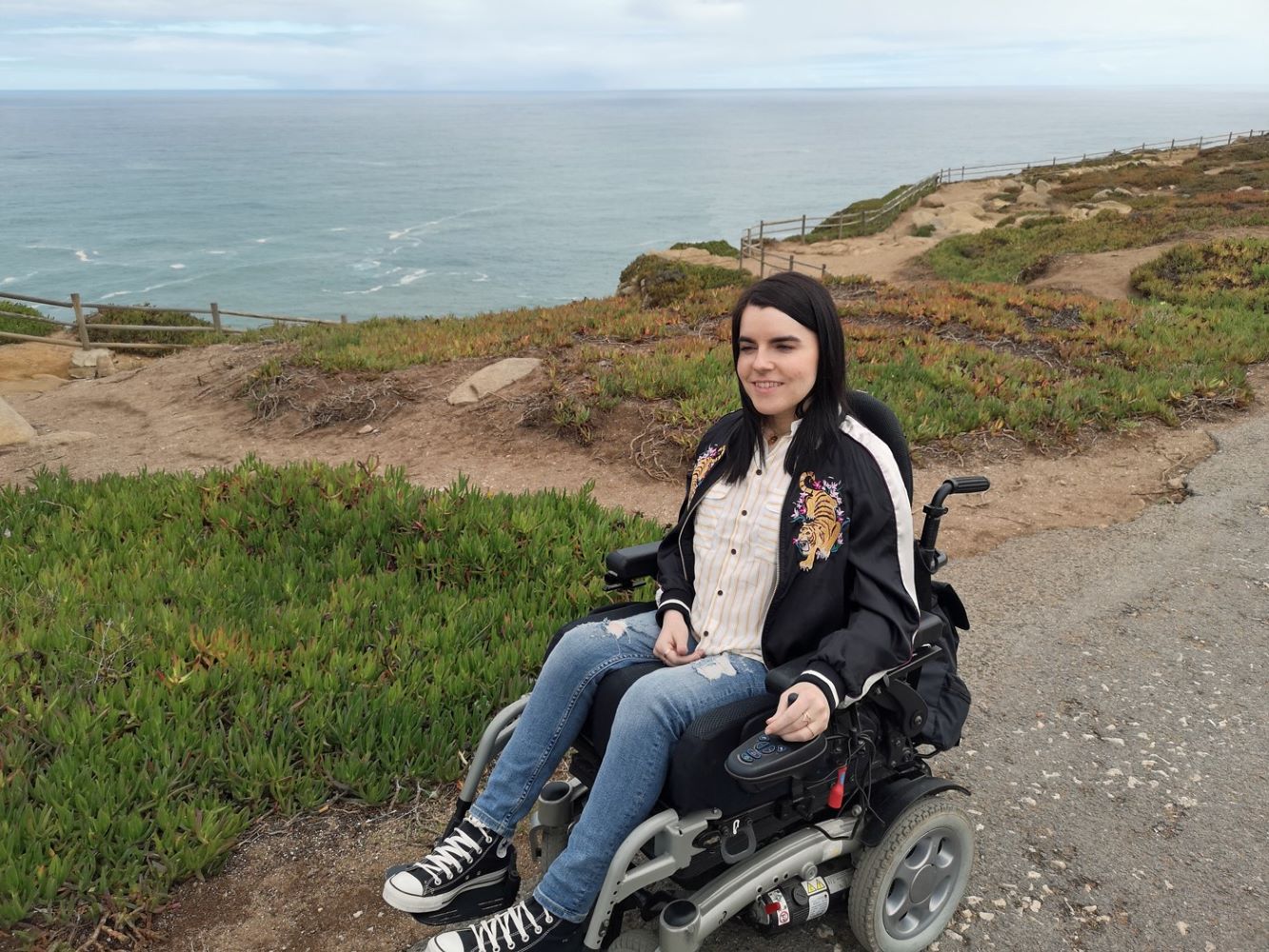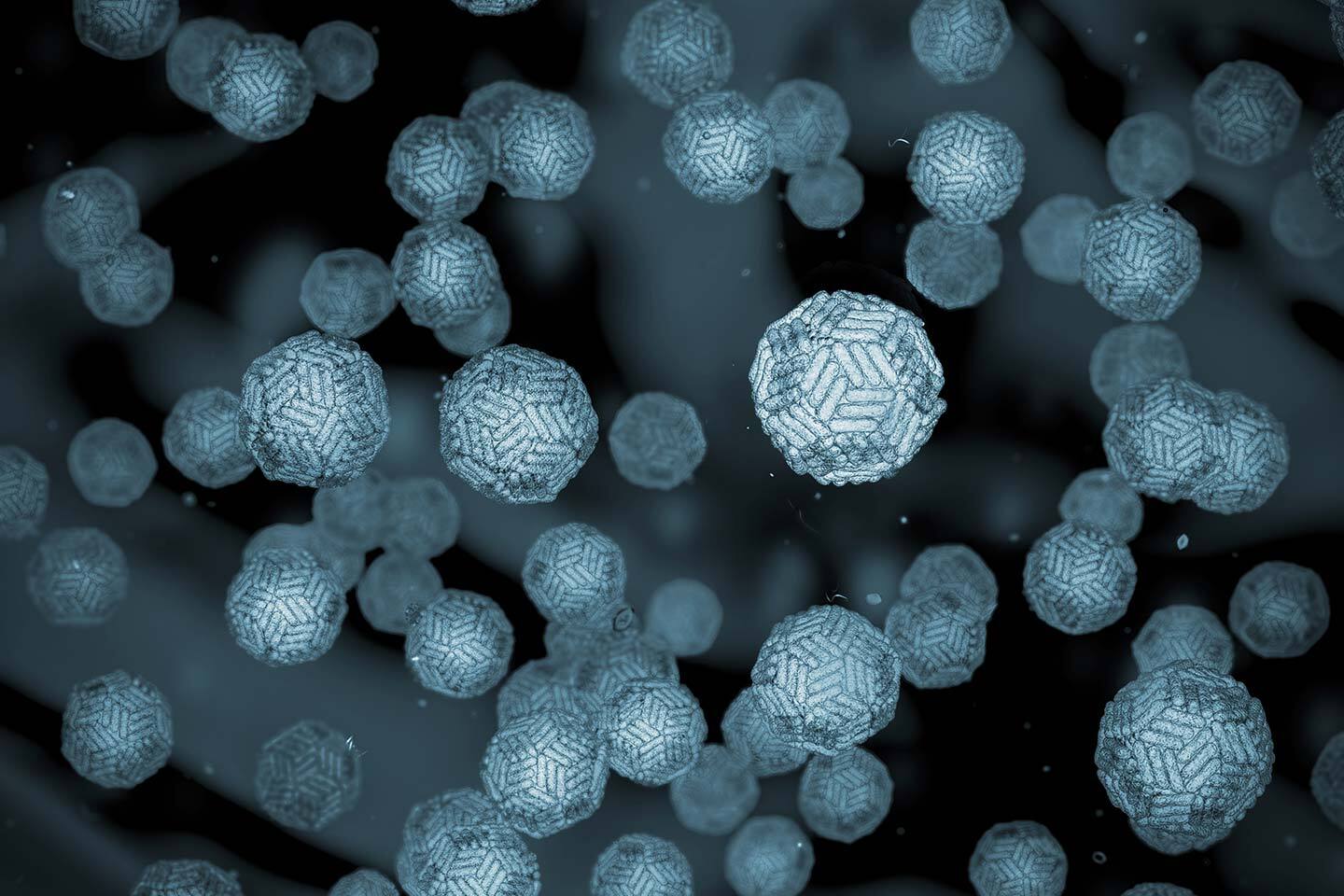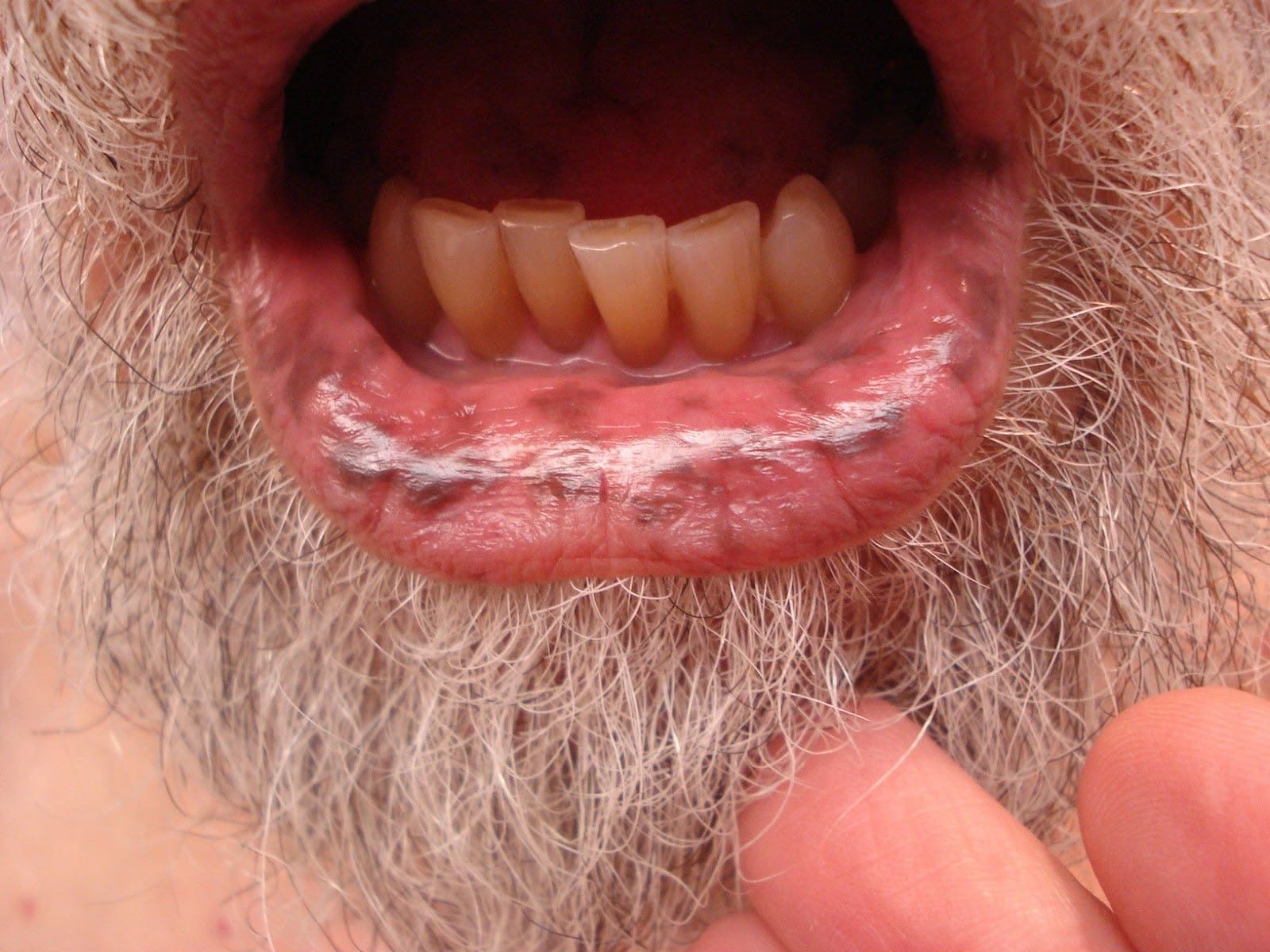
Calpainopathy is a rare genetic disorder that affects muscle function. It falls under the category of limb-girdle muscular dystrophies (LGMD), specifically LGMD type 2A. This condition is caused by mutations in the CAPN3 gene, which encodes the enzyme calpain-3. Symptoms often include muscle weakness, particularly in the shoulders, hips, and upper legs. Over time, this weakness can lead to difficulty walking, climbing stairs, or lifting objects. Diagnosis typically involves genetic testing, muscle biopsies, and enzyme assays. While there is no cure, physical therapy and supportive treatments can help manage symptoms. Understanding calpainopathy is crucial for those affected and their families, as it can significantly impact daily life.
What is Calpainopathy?
Calpainopathy, also known as limb-girdle muscular dystrophy type 2A (LGMD2A), is a genetic disorder that affects muscle function. It is caused by mutations in the CAPN3 gene, which encodes the protein calpain-3. This condition leads to muscle weakness and wasting, primarily affecting the shoulders, hips, and thighs.
-
Calpainopathy is a form of muscular dystrophy, a group of genetic diseases characterized by progressive muscle weakness and degeneration.
-
The CAPN3 gene mutation responsible for calpainopathy affects the production of calpain-3, an enzyme crucial for muscle maintenance and repair.
-
Symptoms usually appear in late childhood or adolescence, but the age of onset can vary widely.
Symptoms and Diagnosis
Understanding the symptoms and how calpainopathy is diagnosed can help in managing the condition more effectively.
-
Muscle weakness in calpainopathy typically starts in the proximal muscles, those closest to the body's center, such as the shoulders and hips.
-
As the disease progresses, it may also affect distal muscles, including those in the hands and feet.
-
Patients often experience difficulty climbing stairs, rising from a seated position, or lifting objects.
-
Muscle wasting, or atrophy, is a common symptom, leading to a decrease in muscle mass and strength.
-
Diagnosis usually involves a combination of genetic testing, muscle biopsy, and clinical evaluation.
-
Elevated levels of creatine kinase (CK) in the blood can indicate muscle damage and are often found in individuals with calpainopathy.
Genetic Aspects
The genetic basis of calpainopathy provides insight into its inheritance patterns and potential treatments.
-
Calpainopathy is inherited in an autosomal recessive manner, meaning both copies of the CAPN3 gene must be mutated for the disease to manifest.
-
Carriers of a single mutated gene typically do not show symptoms but can pass the mutation to their offspring.
-
Genetic counseling is recommended for families with a history of calpainopathy to understand the risks and implications.
-
Over 400 different mutations in the CAPN3 gene have been identified, contributing to the variability in symptoms and severity.
Treatment and Management
While there is no cure for calpainopathy, various treatments and management strategies can improve quality of life.
-
Physical therapy is essential to maintain muscle strength and flexibility, helping to delay the progression of muscle weakness.
-
Occupational therapy can assist patients in adapting to daily activities and maintaining independence.
-
Orthopedic devices, such as braces or wheelchairs, may be necessary as the disease progresses.
-
Regular monitoring by a multidisciplinary team, including neurologists, cardiologists, and pulmonologists, is crucial for comprehensive care.
-
Research is ongoing to develop gene therapies and other treatments that target the underlying genetic cause of calpainopathy.
Living with Calpainopathy
Living with calpainopathy involves adapting to physical limitations and finding ways to maintain a fulfilling life.
-
Emotional and psychological support is vital for patients and their families to cope with the challenges of the disease.
-
Support groups and online communities can provide valuable resources and a sense of belonging.
-
Adaptive sports and recreational activities can help individuals stay active and engaged.
-
Nutrition plays a role in managing overall health, with a balanced diet supporting muscle function and energy levels.
-
Patients should avoid overexertion, as excessive physical activity can exacerbate muscle damage.
Research and Future Directions
Ongoing research aims to better understand calpainopathy and develop new treatments.
-
Scientists are exploring the potential of CRISPR gene editing to correct CAPN3 mutations.
-
Stem cell therapy is another area of interest, with the potential to regenerate damaged muscle tissue.
-
Clinical trials are testing various drugs and compounds that may slow disease progression or improve muscle function.
-
Advances in genetic testing and personalized medicine offer hope for more targeted and effective treatments.
-
Collaboration between researchers, clinicians, and patient advocacy groups is essential to drive progress in calpainopathy research.
-
Increased awareness and funding for rare diseases like calpainopathy can accelerate the development of new therapies.
-
Patient registries and natural history studies help track the progression of the disease and identify potential treatment targets.
Final Thoughts on Calpainopathy
Calpainopathy, a rare muscle disorder, affects many lives. Understanding its symptoms, causes, and treatment options can make a big difference. Early diagnosis helps manage the condition better, improving quality of life. Genetic testing plays a crucial role in identifying the disorder. Physical therapy and medications can help manage symptoms, though there's no cure yet. Research continues to seek better treatments and possibly a cure. Raising awareness is essential for support and funding. If you or someone you know shows signs of calpainopathy, consult a healthcare professional. Staying informed and proactive can lead to better outcomes. Remember, knowledge is power. Stay curious, stay educated, and support those affected by this condition.
Was this page helpful?
Our commitment to delivering trustworthy and engaging content is at the heart of what we do. Each fact on our site is contributed by real users like you, bringing a wealth of diverse insights and information. To ensure the highest standards of accuracy and reliability, our dedicated editors meticulously review each submission. This process guarantees that the facts we share are not only fascinating but also credible. Trust in our commitment to quality and authenticity as you explore and learn with us.


